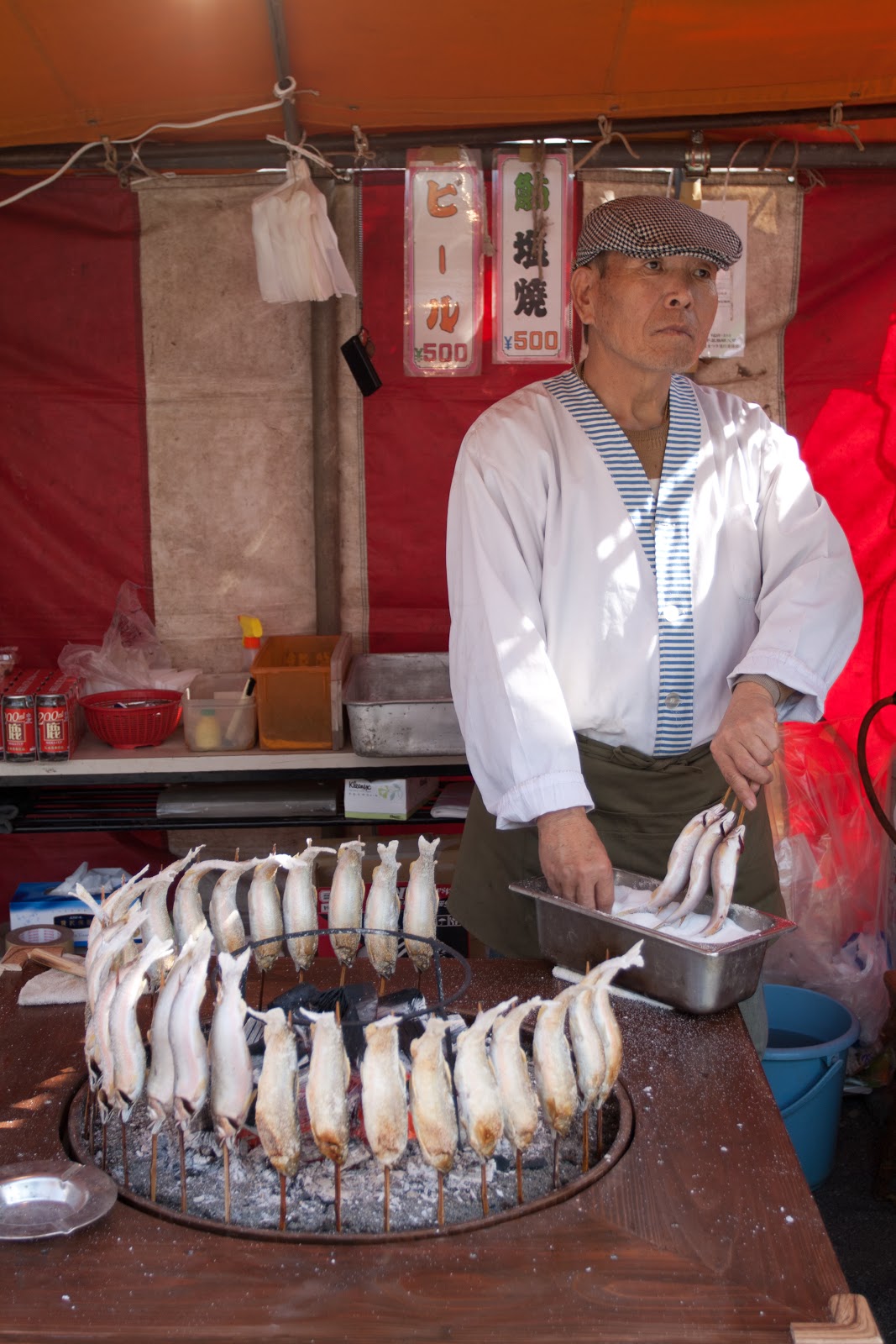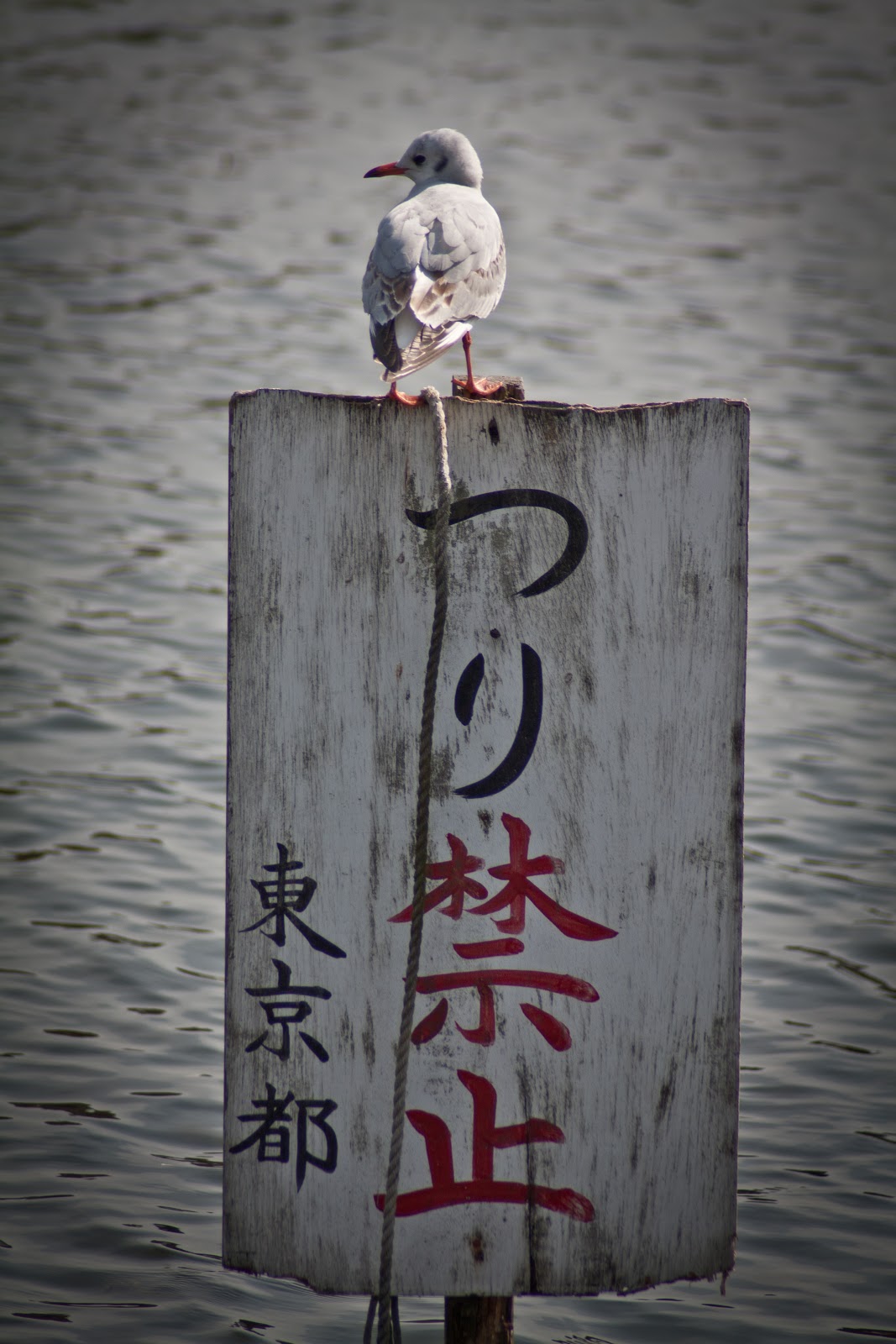Despite my London apartment being stuffed to the rafters (minimalist is never going to be my style) I always seem to find myself sitting on top of a suitcase at the end of every trip forcing the zip and praying to the gods of travel that mine will not be the burst bag on the carousel spewing forth knickers for all of Terminal 5 to behold. Sri Lanka was no different and saw me staggering through the green customs channel in a most undignified pack horse fashion. But it was so worth it; there are so many beautiful and very useful things on offer if you shop around.
Shopping in Sri Lanka is a real pleasure since, although haggling is expected in markets and some tourist shops, it is done in a light hearted way unlike many other countries. Whilst there are lots of very touristy shops, a series of more elegant lifestyle/ homeware shops have also sprung up. It's very easy to flag down tuk-tuks to whizz around town between stores (or in my case back to the hotel twice as my arms were full - oops!)
Tea
One of the great things about Sri Lanka is that all food products have to have a manufacturer's retail price printed on them so you know you are paying the standard price. If you are lucky enough to be travelling up to the highlands you can visit the plantations and buy tea directly from the manufacturers at a decent rate. The downside is that you have to visit each manufacturer to see a spread of products and ranges.
The Ceylon Tea Board on Galle Road in Colombo is a great place to buy tea from lots of different producers, especially the smaller ones, but beware it isn't open on Saturdays (as I discovered to my chagrin). The big brands have their own stores in Colombo, Dilmah and Mlesna being the main ones. The main place NOT to buy tea is the airport. A tin of Dilmah loose tea was 500 rupees in the city (about £2.30) but the exact same product was $6 at the airport. In general everything at the airport is about double.
Barefoot is a chain of shops that employ Sri Lankan women who would otherwise be unlikely to have an income. This is no pity party though as the stuff they make is gorgeous and of very high quality. In addition to the Colombo stores there is also a store in Galle Fort that is worth a visit. Definitely buy something you like when you see it though. I left a couple of things behind in Galle assuming I'd find them again at the Colombo branch and ended up kicking myself.
The Sri Lankans are also big on batik print clothes and textiles - not my thing but there is plenty of choice if it is yours. They also make practical gifts and toys from brightly coloured fabrics- I love souvenirs that have a purpose rather than sitting on a shelf.
I bought beautiful tablecloths and napkins that are already in regular use. The multicoloured make up bags and wash bags were all fallen upon by friends. This shop is a must stop.
Homeware
Paradise Road truly is a veritable dream of house stuff. Its one of those shops that you walk into and just want to buy the lifestyle in its entirety. Ceramics, tableware, table linen,
Food
Sri Lanka is pretty self sufficient when it comes to food with a wealth of seafood from the coastal areas, amazing quality fruit and vegetables from the Highlands and spices and cashew nuts from pretty much everywhere else. Whilst you can't bring the jumbo prawns home with you, you can make cooking back at home a whole lot more fun with all the spices.
There's always something fun about walking round foreign supermarkets. Seeing what is the same, what's unrecognisably different or cheaper than home. There are two main chains in Sri Lanka; Cargill's Food City and Keell's Super. I bought my spices in a small branch of Food City in Hikkaduwa on the east coast. The ground cinnamon was about 40p a pack and from the manufacturing date printed on the pack, had been ground that very morning in a mill less than 5 kilometres away. You can't get fresher than that! A bag of around 20 nutmegs was £1 and cinnamon sticks can be had for around 20p for a bag of 5. It will be at least five times as much if you buy them in fancy packaging in tourist shops or from the spice gardens and the quality will be no better. I also bought a load of sachets of powdered coconut at about 10p a sachet as its much easier than opening a whole can of coconut milk for cooking curries.
Some of the better quality shops like Barefoot also offer spice mixes to recreate curries back at home and they are great value.
Cashews are surprisingly pricey but generally very good quality. Watch out for the devilled ones though; they're hot!
Beauty
There are lots of spice gardens littering the route from Kandy to Colombo. Someone will guide you round extolling the virtues and purported benefits of various herb and spice combinations before sitting you down for a massage to ease you in the most relaxing way into looking at a price list. The alleged restorative and curative qualities of various tonics and balms are explained. Each to their own, some of the group I was with thought they were fantastic but to me it was a very lengthy sales pitch peddling snake oil.
If you are interested in good quality Ayurvedic products using the same local ingredients then look out for a range called Spa Ceylon which, although not super cheap, is beautifully packaged and definitely less costly than its nearest equivalent back home. They have several spas where you can get treatments as well as products in Colombo although their products are also stocked in Barefoot and Paradise Road if you're running short on time. They deliver globally via their website but the prices are about double those charged in Sri Lanka (cardamom rose nail and cuticle balm is $16 online but was around $7 locally).
Gems
Finding somewhere to buy gems that you can trust is a total minefield. I'm told that some of the big touristy gem places pay up to 40% commission to drivers and tour guides for bringing punters through the door. Therefore although it might feel safer buying from a big shop you will be paying through the nose for it.
I went to Sena Gems on the corner of Marine Drive and Ridgeway Place. It doesnt have a glossy shop front and you have to go through two security gates to get in but they were recommended by people I know with family in Sri Lanka who I trust and I was happy with both the price and the quality of the final product ( I picked stones and designed the settings).
Wooden carvings
Quality of wood carving is extremely variable and they are less practical as presents but if you find a good one it makes a pretty and good value souvenir.
I challenge anyone to go to Sri Lanka and not come back with a suitcase at least a third bigger than when you arrived. Hopefully the above will help direct you to some lovely things.






















































